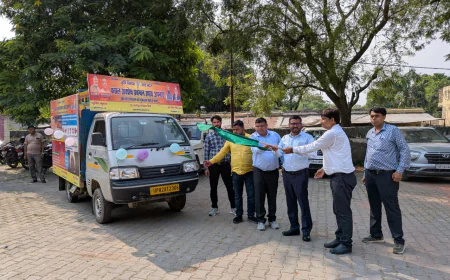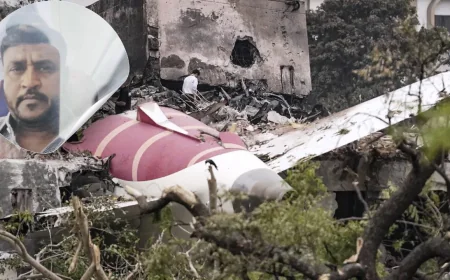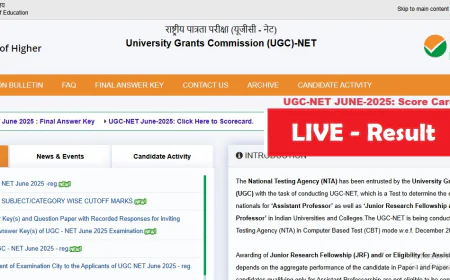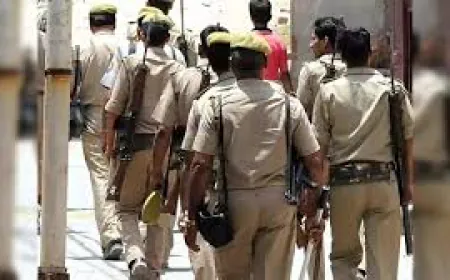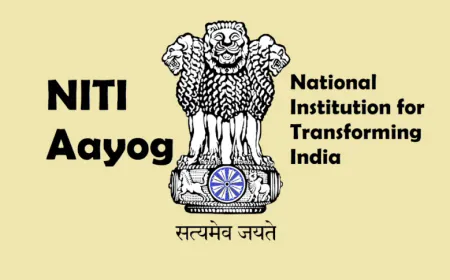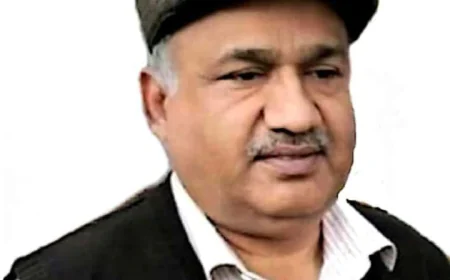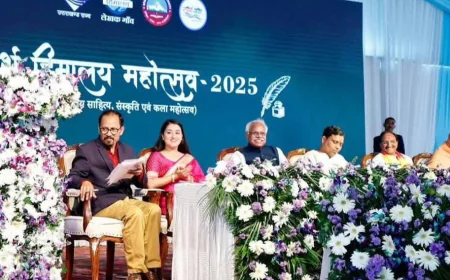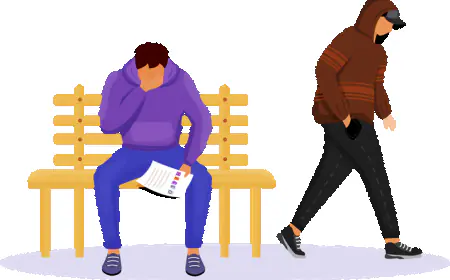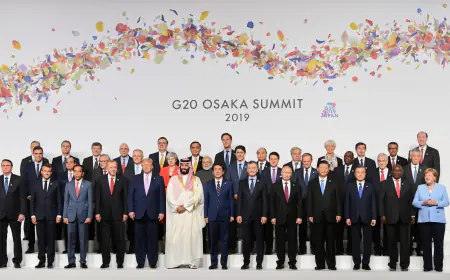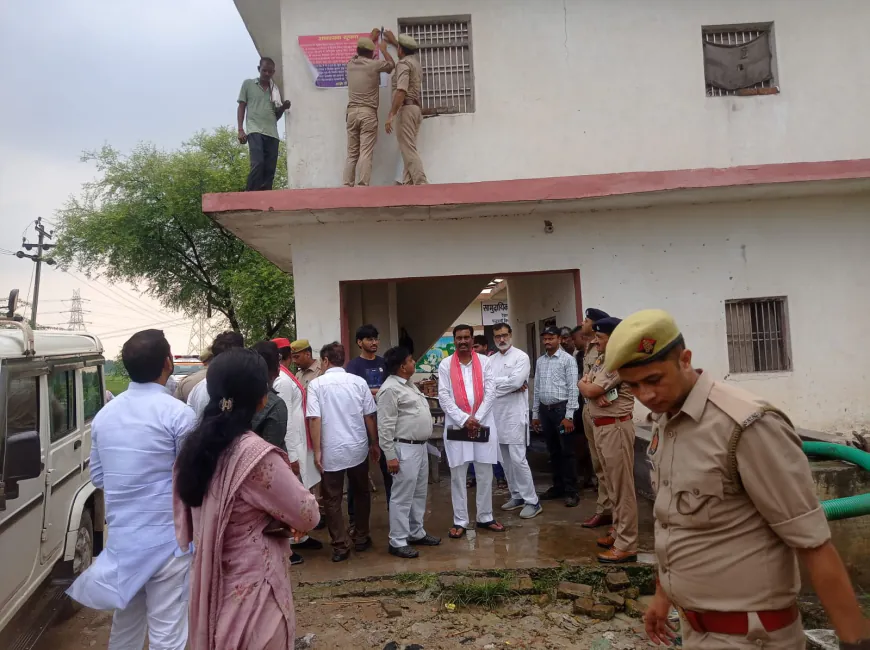The practice of begging: A cry for help or a well-planned business?

The practice of begging: A cry for help or a well-planned business?
Begging in India has evolved from a religious charity to a complex socio-economic problem. On a busy street, extending a hand may seem like a cry for help, but it often hides a web of systematic neglect, organized crime, and exploitation. From infants drugged to win sympathy to children picked up from school and thrown onto the streets, begging is more than just a cry for help; it is a critique of our collective weaknesses. Child beggars are still the most disturbing part of this problem. To break this cycle, it is important that these children are protected and educated. The vulnerable, especially children and people with disabilities, are taken advantage of by organized begging gangs. The practices associated with almsgiving often encourage begging. Public education initiatives need to be launched to promote more purposeful giving.
■ Priyanka Saurabh
The practice of public begging in India is common even after the implementation of extensive welfare programs such as MNREGA and SMILE. According to data, over 413 lakh people still engage in the practice, underscoring underlying socioeconomic vulnerabilities such as chronic poverty, low literacy, and lack of work opportunities despite government intervention. Older children are taught to beg, while infants are drugged to appear sick. Some have never stepped foot in a classroom, and many have dropped out of school, risking their future to make quick money.
Recent statistics show how common school dropouts are in India, especially among adolescents. According to the Annual Status of Education Report 2023, 25 percent of children aged 18 struggle with basic reading skills, and 32.6 percent have dropped out of school. People with disabilities are taken advantage of because they are more likely to be targeted as beggars. When mental health conditions go untreated, people are caught in a cycle of exploitation and dependency. There are over 400,000 regular beggars living in India; their plight stems from a variety of factors, including organized begging gangs, poverty, disability, and displacement due to natural disasters. By preying on the most vulnerable members of society and operating with near impunity, these syndicates have turned poverty into a profitable enterprise.
With over 81,000 beggars, West Bengal is the state with the highest number of beggars in India, followed by Andhra Pradesh and Uttar Pradesh. Poverty, rural-urban migration, and lack of easily accessible support networks are some of the socio-economic factors contributing to the growing number of beggars in these regions. In India, the practice of begging persists due to ingrained socio-economic weaknesses despite the existence of several welfare programs. This is because welfare programs often fail due to poor implementation, corruption, and lack of awareness among recipients. Schemes like Smile, which provide shelter and livelihood support, are not well known to many beggars. Particularly in rural and urban slums, people living in abject poverty have no choice but to resort to begging to survive. According to the 2011 census, even with poverty alleviation programs such as MNREGA, more than 413,000 people were begging.
Individuals who beg often lack formal education and employable skills, which limits their access to formal employment opportunities. Vocational training offered under the Pradhan Mantri Kaushal Vikas Yojana has not adequately reached beggars and other marginalized groups. Transgender people and people with disabilities are two examples of vulnerable groups who are neglected by society and excluded from mainstream economic opportunities. Many are forced to beg at traffic signals as they are not accepted even despite transgender welfare programs. Vulnerable people are kidnapped by criminal networks, who then force them into begging, making it difficult to break this cycle.
Police in Delhi rescued fifty children in 2023 who were forced into begging by a trafficking gang. One of the main reasons why begging persists in India is that there is no centralized database that can allow for focused interventions to help rehabilitate begging individuals. The NHRC’s suggestion to use municipal records to create a national database draws attention to the lack of reliable information about beggars. Generational poverty and dependence on begging persist when begging children are denied access to formal education. Due to a lack of outreach initiatives, many children are still not enrolled under the Right to Education Act 2009. Substance abuse and untreated mental health problems lead to people begging and living in poverty. The NHRC’s advisory highlights the lack of de-addiction and mental health counseling services in shelter homes under the SMILE program. Due to urban overcrowding caused by rural-to-urban migration due to unemployment, migrants are forced to resort to begging.
Laws against begging are either draconian or inadequate to tackle organized crime and provide rehabilitation. For example, the Bombay Prevention of Begging Act criminalizes beggars rather than addressing the underlying issues that give rise to forced begging networks. Policies to tackle begging in India To facilitate targeted welfare interventions and track their rehabilitation, a national database of beggars should be established and updated frequently. To identify beggars, municipal corporations can work with NGOs, as suggested by the National Human Rights Commission, using standardized survey formats. Enact special laws to prevent organized begging, punish offenders, and help victims get back on their feet.
Adopting laws to make forced begging illegal, as recommended by the National Human Rights Commission, will curb trafficking and exploitative organizations. To enable people to find respectable jobs or pursue self-employment opportunities, shelter homes should provide skill-based vocational training. Programs such as the Pradhan Mantri Kaushal Vikas Yojana can work in collaboration with shelter homes to teach beggars skills in carpentry, tailoring, or other vocations that suit their aptitude. Provide mental health counseling services and mobile health units in shelters to address untreated illnesses, addictions, and disabilities. NHRC advises shelter homes to integrate Ayushman Bharat benefits to guarantee health coverage for those who have undergone rehabilitation. Access to education for children: Under the Right to Education Act, enroll begging children in schools and ensure they receive food, clothing, and support.
Enrollment in schools can be increased by running special awareness campaigns targeting parents of beggar children, especially in urban slums. Organize awareness-raising programs to encourage donations to rehabilitation programs rather than begging. Cities such as Hyderabad have run successful campaigns to encourage people to donate to government shelters rather than to beggars. Begging is a symptom of systematic neglect and organized exploitation in India, not just a reflection of poverty. Although legislation such as the Bombay Prevention of Begging Act, 1959, has attempted to curb the practice, it often criminalizes victims rather than perpetrators. Bold steps like the ban on begging in Indore, with its emphasis on accountability and rehabilitation, offer hope. India’s anti-begging campaign must aim at empowerment rather than punishment. As citizens, our responses to begging need to be rethought as steps towards systemic change rather than acts of charity.
To end begging, we must empower people’s lives. To end the cycle of poverty, social safety nets must be strengthened, inclusive education guaranteed, and skill development encouraged. A self-reliant India where each individual makes a meaningful and respectable contribution to the country’s progress will be achieved through strict enforcement of anti-begging laws and community-driven rehabilitation.
